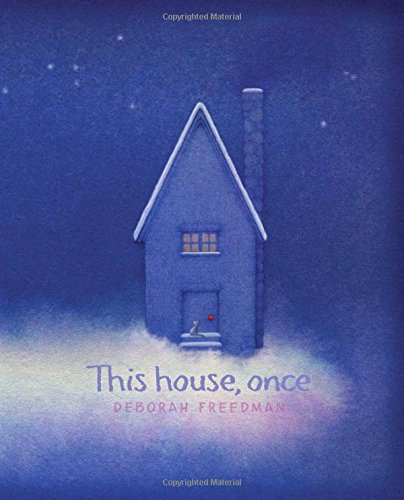This is part of a series of inquiry-based provocations for essential elements of the PYP. For more, click here.
The IB PYP unit of “How We express ourselves centers around “An exploration of the way which we discover and express our nature, ideas, feelings, beliefs, and values through language and the arts.”
When I taught at a PYP school, I associated this mainly with communication mediums such as painting and poetry. But the more I think about how our world is evolving, the more I realize that “how we express ourselves” has boundless possibilities.
And it’s not just the fact that we have a large volume of choices that matters. It’s that, if we have a more open mind toward change, that volume can allow our children to shape their self-expression/communication –and with it, their futures — in ways that are unprecedented and literally world-changing.
With that in mind (and a bit of humor below), here are 3 resources to help your students inquire into the nature of how we express ourselves in a 21st century connected world.
Resource #1: The Moxie Institute‘s “The Adaptable Mind”
“The skills we need most in today’s world, in any profession, boil down to being human. Basically the qualities that machines don’t have…We’ve arrived at a time when your human skills are just as important as your knowledge.” (Curiosity, Creativity, Initiative, Multi-disciplinary thinking, Empathy).
Resource #2: “Rosie Revere, Engineer” by Andrea Beaty and David Roberts


Resource #3: Pixar’s “La Luna”
featured image: DeathToTheStockPhoto





















